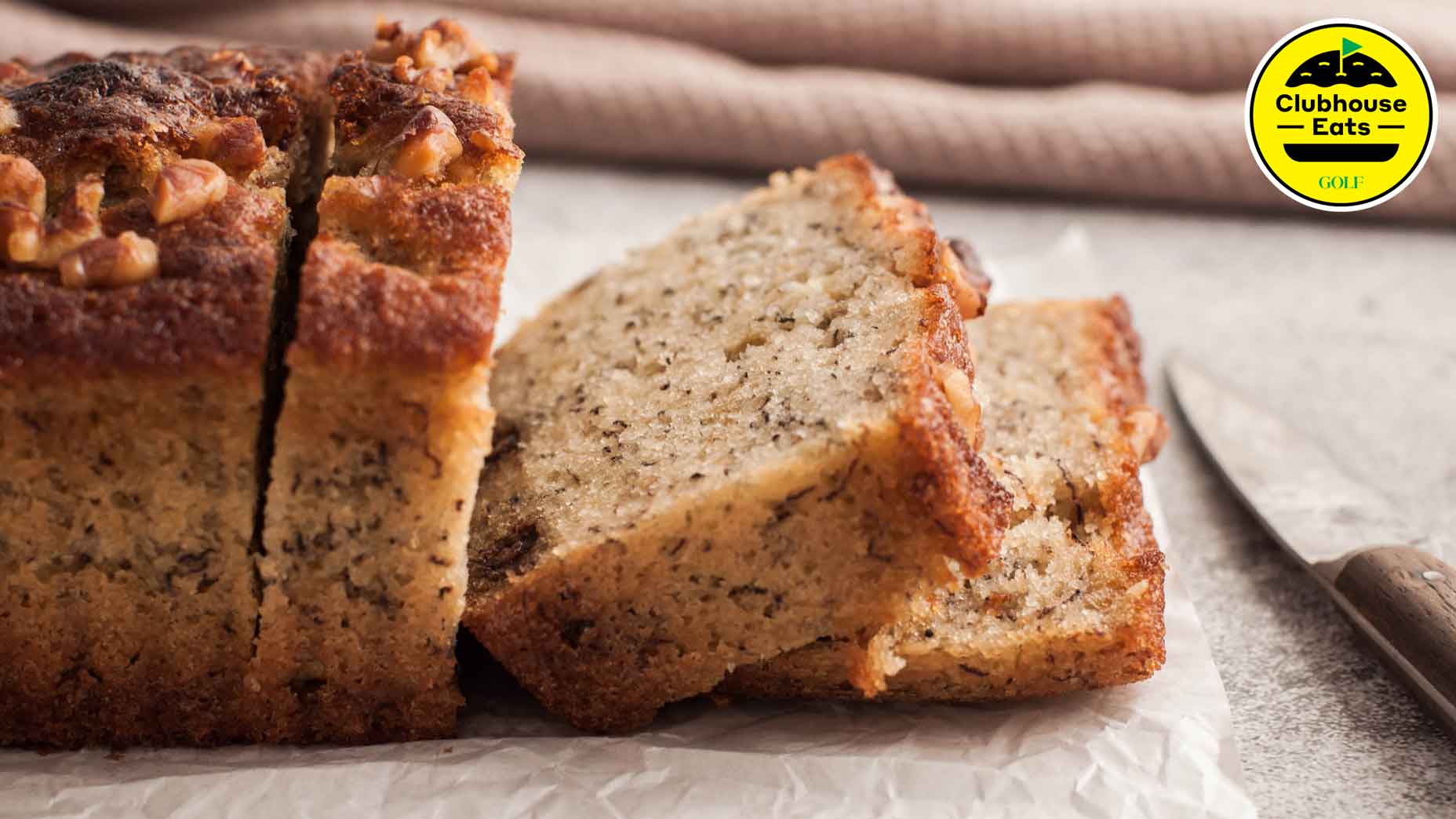The keys to making a restaurant-quality Caesar salad at home

You, too, can replicate Sand Valley Resort's delectable Caesar salad at home.
Courtesy of Sand Valley Resort
There are some dishes that just seem to always taste better at restaurants, and Caesar salads are a perfect example. When a stellar Caesar is brought to the table, the dressing tastes more vibrant. The Parmesan boasts a more nuanced flavor. Even the lettuce stands out for being markedly better than what we typically put together at home. There are reasons for that — but they’re all things that amateur cooks can easily replicate in their home kitchens, which is why we talked to Keegan Hughes, the chef at The Gallery, Sand Valley Resort’s latest eatery, which specializes in cuisine from central and southern Italy.
If you’re like me, you probably attribute much of the success of a standout Caesar salad to an artisanal, made-from-scratch dressing. If that’s the case, you’ll be surprised to learn that the dressing isn’t the most important ingredient for a memorable Caesar, at least not in Hughes’ estimation. The chef points to the lettuce and the cheese as more influential components.
While typical Caesar salad recipes call for Romaine lettuce, Chef Hughes prefers fresh Little Gem. “It has a nice crispness to the leaves that allows it to be tossed in the dressing and cheese,” he explains.
As for that cheese, if you’ve always thought, “Eh, what’s the difference? Parmesan is Parmesan,” I have bad news for you. You’ve been doing it wrong — and Chef Hughes agrees. Go to a dedicated cheese shop (or a grocery store with a high-end cheese section) and sample well-aged Parmesans crafted by different producers. You’ll likely find that some showcase a more pronounced flavor. As for what goes into the salad at The Gallery, Chef Hughes exclusively uses Parmesan made by Grande, a Wisconsin cheesemaker with origins that trace back to Italy in the late 19th century. As Hughes describes it, this particular Parmesan “has a well-balanced flavor with a slightly nutty finish.”
A Caesar salad wouldn’t be complete without croutons, and The Gallery relies on focaccia croutons, which Chef Hughes insists are easily made at home. Start with a fresh loaf of soft focaccia bread; cut it into half-inch cubes; and toss those cubes in high-quality extra virgin olive oil, grated Parmesan cheese, and salt and pepper. Next, spread them out on a cookie sheet and bake at 400 degrees for six to eight minutes (or until perfectly crunchy). Just remember to let them cool before serving.
Now we get to the controversial aspect of a Caesar salad — if such a thing exists. Purists will tell you that the addition of anchovies is non-negotiable. The Gallery deep fries theirs (first dredging them in a mix of sweet potato starch and all-purpose flour), which Hughes says “gives a unique texture and look to the salad.” But not everyone likes anchovies. So if you’re one of those people, feel free to omit these from the salad’s construction.
That said, the inclusion of anchovies in the salad dressing is a must. “The saltiness,” says Hughes, “really brightens the dressing.” More specifically, he explains that the act of balancing acidity, creaminess, and saltiness is the key to making a good Caesar dressing, and he shared his recipe (see below).
Yes, a made-from-scratch dressing takes some time, but it will absolutely elevate your at-home Caesar far above anything those bottled dressings can produce. “Take the time to make a good dressing,” Chef Hughes urges. “To truly make a Caesar salad great, it’s worth the little bit of extra time to make your own dressing and croutons.”
Caesar Dressing served at The Gallery at Sand Valley
(Yields 1 quart)
Ingredients:
3/4 cup Greek yogurt
1/2 cup mayonnaise
1/2 cup garlic oil
1/2 cup water
1/4 cup garlic confit (we recommend this preparation)
1/4 cup Dijon mustard
0.5 oz. anchovies
2 tsp. lemon juice
1 tsp. red wine vinegar
1 tsp. Worcestershire sauce
1/2 tsp. Tabasco sauce
1/2 tsp. black pepper
1/4 tsp. kosher salt
1.5 cups Parmesan cheese
Preparation:
In a medium bowl, combine anchovies, confit garlic, Tabasco sauce, lemon juice, red wine vinegar, and Worcestershire sauce. Using a stick wand, blend until smooth.
Add mayonnaise and Greek yogurt and continue to blend.
While blending, slowly add water and garlic oil.
Once the mixture is smooth, whisk in salt, black pepper, and Parmesan cheese.
Transfer to an airtight container and keep in the refrigerator.











